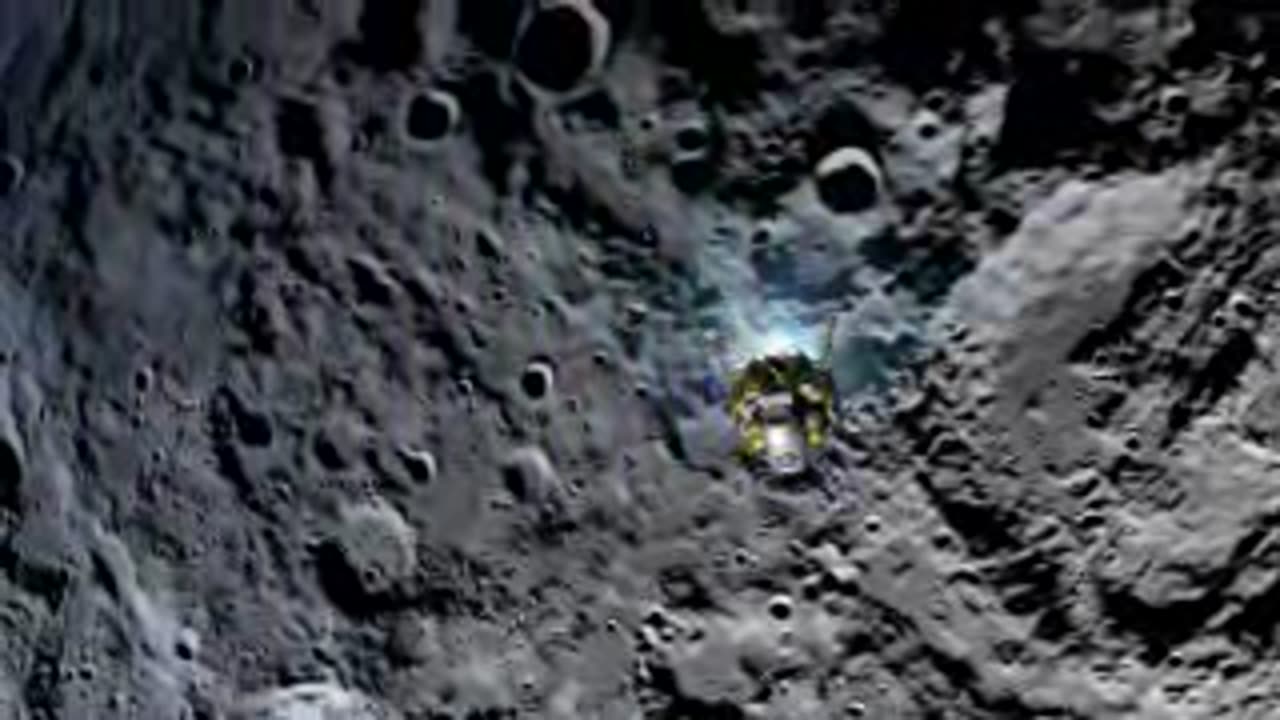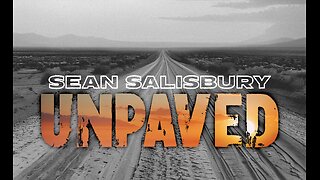Premium Only Content

LunarSurface_HD512K_Stream_001.wmv
The lunar surface refers to the top layer or outer crust of the Moon. It is the part visible to the naked eye from Earth and is composed of various geological formations, such as mountains, valleys, impact craters, and plains. The surface is covered with a layer of powdery fine-grained soil called regolith, which is made up of small rock fragments, dust, and disintegrated materials resulting from billions of years of meteoroid impacts.
The lunar surface is characterized by its grayish color and lack of atmosphere, which means that it is not protected from the harsh conditions of space, such as radiation and micrometeoroid impacts. Due to the Moon's minimal atmosphere, there is no weathering or erosion, resulting in well-preserved impact craters that can range in size from just a few centimeters to several hundred kilometers in diameter.
The Moon's surface also features maria, which are dark, flat plains formed by ancient volcanic eruptions. These maria, such as the famous Sea of Tranquility or Mare Tranquillitatis, were once believed to be actual bodies of water but are now understood to be solidified lava flows.
Additionally, the lunar surface has various highlands, which are elevated areas composed of lighter-colored material. These highlands make up a significant portion of the Moon's surface and are thought to be ancient crustal rock formed during the Moon's early history.
Overall, the lunar surface is an intriguing and unique landscape, with its remarkable geological features providing valuable insights into the Moon's formation and evolution.
-
![[Ep 715] The Trump Way: Deals & Peace | Hate Crimes – Brutal Beat Downs | CA Homeless Money Scam](https://1a-1791.com/video/fww1/f5/s8/1/6/3/j/6/63j6y.0kob-small-Ep-715-The-Trump-Way-Deals-.jpg) LIVE
LIVE
The Nunn Report - w/ Dan Nunn
1 hour ago[Ep 715] The Trump Way: Deals & Peace | Hate Crimes – Brutal Beat Downs | CA Homeless Money Scam
321 watching -
 2:36:55
2:36:55
Nerdrotic
6 hours ago $0.41 earnedCancel Kurtzman Trek | The Fate of the Superhero Film - Nerdrotic Nooner 502
31.9K2 -
 LIVE
LIVE
Viss
3 hours ago🔴LIVE - The Tactics That Lead To Consistent Wins in PUBG!
79 watching -
 1:31:50
1:31:50
Russell Brand
3 hours ago“I’ll NEVER Be The Same…This SHOCKED Me” Dan Bongino Breaks Silence & Vows to Reveal “TRUTH” - SF621
149K83 -
 1:02:24
1:02:24
Sean Unpaved
3 hours agoGridiron to Diamond: Rookie QBs, Madden 99s, Salary Caps & NIL's Ripple Effect
26.8K -
 25:24
25:24
Scary Mysteries
7 hours agoSTRANGE & SCARY Mysteries of The Month - July 2025
14.4K1 -
 1:02:02
1:02:02
Timcast
4 hours agoTrump BULLIES Europe Into MONSTER Trade Deal, Europe COPING Over Trump MASTERCLASS
158K93 -
 2:07:13
2:07:13
Steven Crowder
6 hours ago🔴Game Over: Trump's EU Trade Victory Shows How Stupid "Experts" Really Are
416K242 -
 20:03
20:03
Neil McCoy-Ward
4 hours agoTHE UK 🇬🇧 JUST ENDED 140 YEARS OF FREE SPEECH! (How Did It Come To THIS?!)
23.5K13 -
 1:56:26
1:56:26
The Charlie Kirk Show
4 hours agoTHE CHARLIE KIRK SHOW IS LIVE 07.28.25
76.1K28